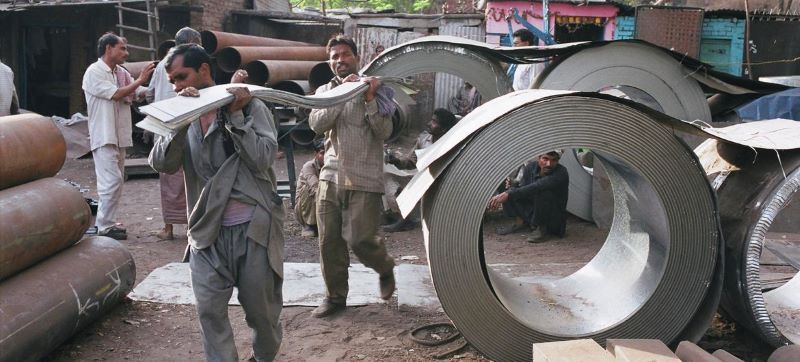 Economy
Economy
Report shows global economic growth improves but ‘downsides’ lurk
The global economic picture has improved since January, but vulnerabilities remain, the mid-year update of the World Economic Situation and Prospects report published on Thursday has revealed.
The world economy is forecast to grow by 2.7 per cent in 2024, up from 2.4 per cent projected at the start of the year. Growth will reach 2.8 per cent in 2025, representing a slight increase.
These changes are mainly due to better-than-expected performance in some large developed and emerging countries, notably Brazil, India, Russia and the United States.
Inflation down, wages up
Inflation is also down from the 2023 peak, said Shantanu Mukherjee of the UN Department of Economic and Social Affairs (DESA), presenting the report to journalists in New York.
“In developed countries, tight labour markets are seeing wage increases for some parts of the population and also drawing people into the labor force, which is important,” he added.
However, the outlook is only cautiously optimistic in the face of higher-for-longer interest rates, debt sustainability risks and continuing geopolitical tensions.
Islands at risk
Ever-worsening climate shocks are also a challenge, threatening decades of development gains, especially for the world’s Least Developed Countries (LDCs) and small island developing States (SIDS).
Even though prospects for SIDS are being revised upwards to about 3.3 per cent each year, Mr. Mukherjee said this is still below the pre-pandemic average, meaning that “lost ground is still not being made up.”
In the case of Africa and LDCs in general, prospects are revised downward to about 3.3 per cent growth in 2024.
Concern for the continent
“This is particularly worrying because Africa is home to about 430 million living in extreme poverty and close to 40 per cent share of the global undernourished population,” he explained. Furthermore, two-thirds of the high inflation countries listed in the report are on the continent.
“At the same time, cause for concern is that African governments’ room to maneuver is also shrinking,” he continued.
“In 2024, over a quarter of public revenues on average in this continent went towards interest payments. That's again about 10 percentage points more than the average over the years immediately preceding the pandemic.”
For developing countries, on average, the debt situation is not as dire, but he was concerned that investment growth continues to fall.
These “downsides” are further compounded by risks such as inflation, which is both a symptom of the underlying fragility and a concern on its own.
Break the ‘resource curse’
The report also contains a special section on critical minerals such as lithium, nickel, cobalt and copper, that are essential for the transition to clean energy.
Countries that possess these resources will, however, need smart policies, as well as effective implementation capacities to reap the benefits.
Mineral-sector driven grown has in the past often been associated with environmental damage, stunted development of other sectors, poverty, conflict and other adverse outcomes collectively known as the “resource curse”.
“It is imperative for developing countries to design and implement well-targeted and timely economic, social, and environmental policies to optimize the benefits of their critical minerals endowments and avoid another cycle of resource curse,” the report said.
Support Our Journalism
We cannot do without you.. your contribution supports unbiased journalism
IBNS is not driven by any ism- not wokeism, not racism, not skewed secularism, not hyper right-wing or left liberal ideals, nor by any hardline religious beliefs or hyper nationalism. We want to serve you good old objective news, as they are. We do not judge or preach. We let people decide for themselves. We only try to present factual and well-sourced news.






